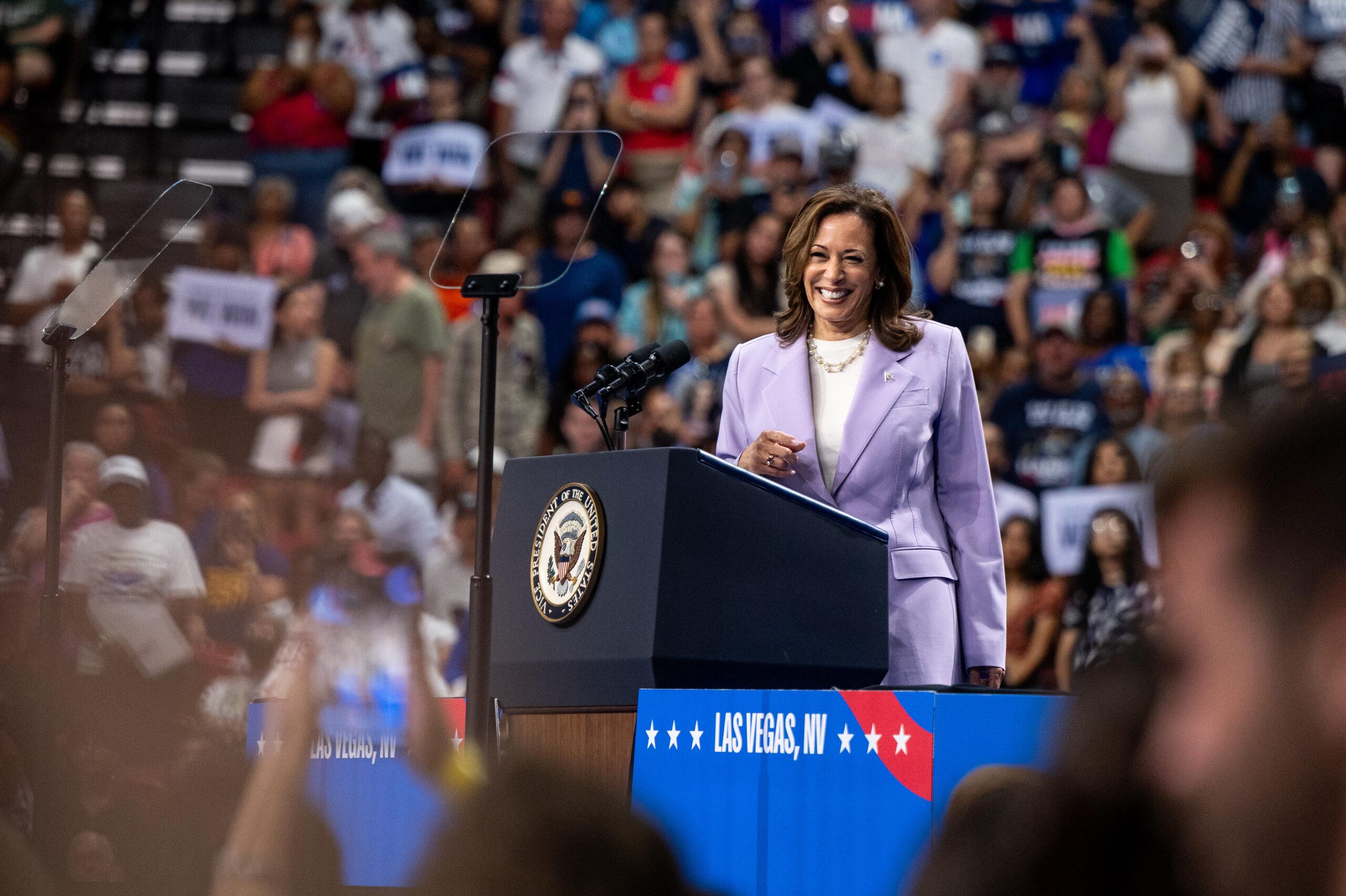ADVERTISING is one indicator of changes in lifestyle, social mores, fashion and language. One such development that has become apparent in U.S. television commercials is the use of mixed race families (i.e., an African-American husband, a Caucasian wife and mixed-race children).
This would have been unthinkable only a few decades ago. In 1978, at the Advertising Age workshop that I attended in Chicago, the only non-white commercial endorser was Bill Cosby. For years, Hollywood-type white models were mandatory for all kinds of mass-marketed products in the U.S. – pretty much the way they were in TV commercials and print ads in the Philippines. America was still coming to grips with the concept of civil rights and racial equality, and we Filipinos were still weighed down by the monkey on our backs called “colonial mentality.”
The election of half black, half white Barack Obama to the presidency may have marked the most dramatic change in the attitude of American society towards “people of color,” a euphemism for non-whites.
Obama epitomized the national leader who possessed all the positive qualities of the white man and the black man, as well. Handsome, charismatic, eloquent. He was the “ideal blend,” the poster boy for racial equality.
To use a phrase I coined in a feature article in 1989, Obama represented the Browning of America. Not plain white or plain black but rich brown.
In the 1990s, I used that phrase again, along with the headline for an ad, “Old Glory was never intended to be plain white.” It was an ad for PG&E’s policy of diversity in hiring.
The recent emergence of mixed race superstars, like Stephen Curry and Klay Thompson of the Golden State Warriors, in spectator sports which have been traditionally dominated by blacks, may have reinforced the concept of racial “balance” and “blending.”
Perceptive advertising practitioners have been quick to adapt their creative strategies to this development. Unfortunately, not just ad men appear to have done this, but politicians, as well – specifically the “Washington outsider” who became president, Donald Trump.
To set things in perspective, there was a time in American history when the separation of races was seen by mainstream Americans as a divine mandate. For decades anti-miscegenation was the law in most of the states. It was illegal for “people of color,” particularly blacks (and including Filipinos in some states like Maryland) to marry a white person.
Following is an entry in Wikipedia: “In 1967, 17 Southern states (all the former slave states plus Oklahoma) still enforced laws prohibiting marriage between whites and non-whites. Maryland repealed its law in response to the start of the proceedings at the Supreme Court. After the ruling of the Supreme Court, the remaining laws were no longer enforceable. Nonetheless, it took South Carolina until 1998 and Alabama until 2000 to amend their states’ constitutions to remove language prohibiting miscegenation. In the respective referendums, 62% of voters in South Carolina and 59% of voters in Alabama voted to make the amendments. In Alabama nearly 526,000 people voted against the amendment, including a majority of voters in some rural counties.
“In 2009, Keith Bardwell, a justice of the peace in Robert, Louisiana, refused to officiate a civil wedding for an interracial couple. A nearby justice of the peace, on Bardwell’s referral, officiated the wedding; the interracial couple sued Keith Bardwell and his wife Beth Bardwell in federal court. After facing wide criticism for his actions, including from Louisiana Governor Bobby Jindal, Bardwell resigned on November 3, 2009.”
In truth, racism has never really disappeared in the US, but the civil rights movement and the rise of a more enlightened American society left only the fringe groups like the neo-Nazis clenching their futile fists, while the closet racists remained in the closet.
The tumultuous presidential campaign of Trump and his equally unsettling presidency may have opened the Pandora’s box of racist resentments that, according to one TV political analyst, had been exacerbated by Obama’s election.
Adding to the volatile brew has been the feeling among those in the American heartland that they are retrogressing in a country they are told is their own but which is being dominated by all kinds of foreigners, including illegals and potential terrorists. The same TV analyst described the American heartland as “the new ghetto.”
Trump has made no effort to soothe these resentments. In fact, he appears to be encouraging them. His response to the racial riots in Charlottesville, and his subsequent statements, were widely perceived as pandering to the neo-Nazis.
If racism has ever had a more fertile breeding ground in America, it has been during the brief presidency of Trump. Worse yet, this resurgence has been mixed up and confused with conservatism, which in turn has run right up against the blossoming of lifestyles and attitudes that are in direct conflict with conservative mores and beliefs, such as equal rights for LGBTs, the acceptance of sex change as a personal privilege, and same-sex marriage vs. traditional concepts of matrimony.
Will this situation get worse? It could. What is certain is that the confusion is getting worse, with nonsequitor arguments being thrown into the boiling cauldron.
Hopefully, in California where my family resides, enlightened liberals will triumph over the racists and bigots without discounting valid conservative values. But there are sectors in America’s heartland (and even some areas in ostensibly enlightened California) who are standing fast on their belief that God has mandated racial segregation and a violent confrontation is inevitable.
Mercifully, Trump’s term is only for four years and, hopefully, he will realize the folly of aspiring for a second term.
And, hopefully, the browning of America is here to stay.
([email protected])





